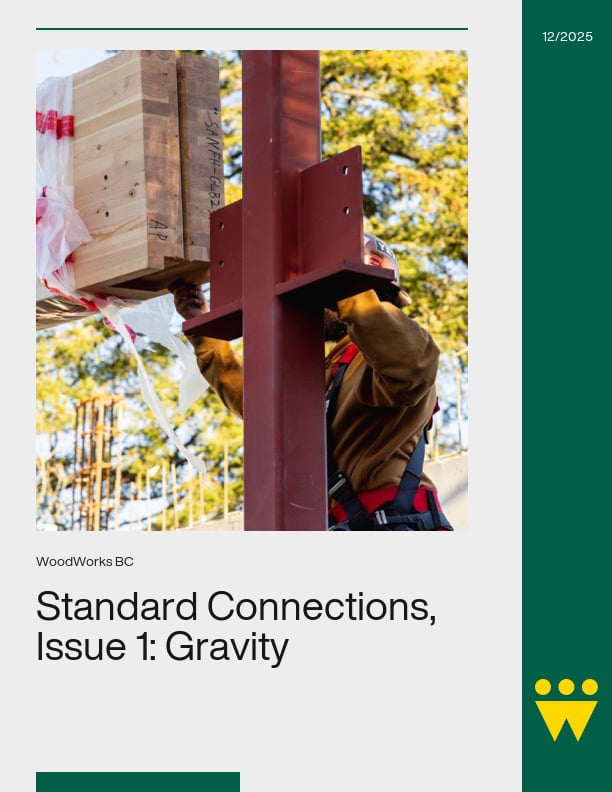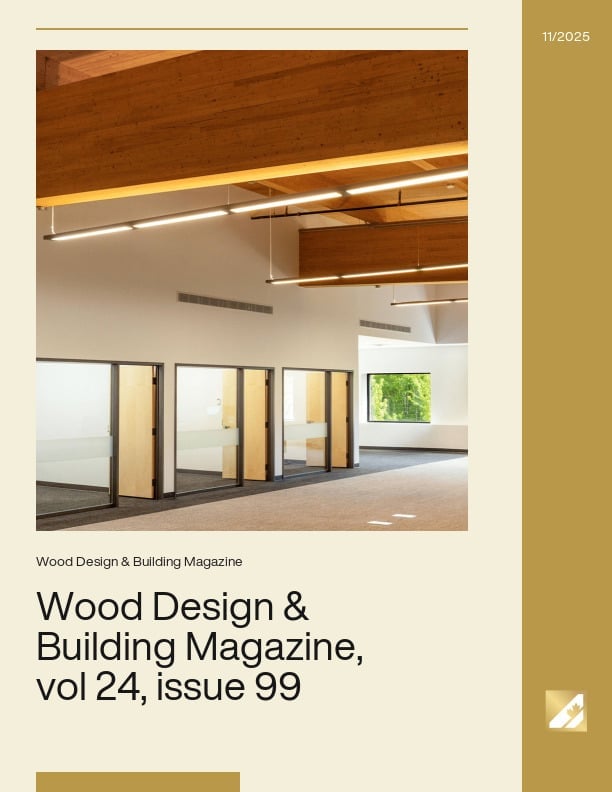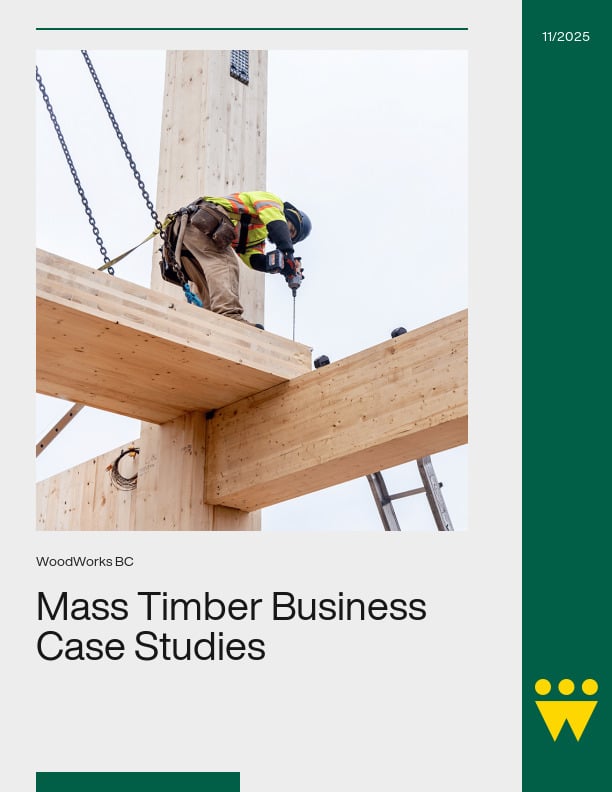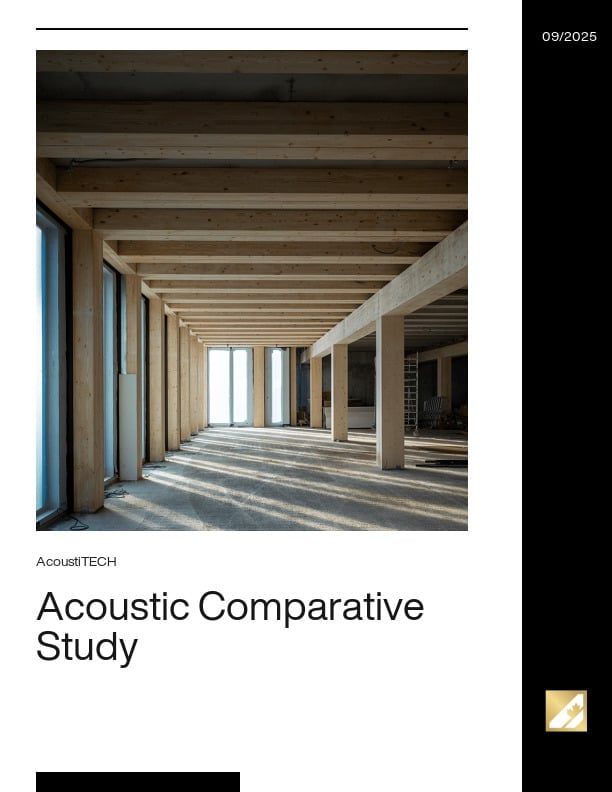With advanced construction technologies and modern mass timber products such as glued-laminated timber, cross-laminated timber and structural composite lumber, building tall with wood is not only achievable but already underway – with completed contemporary buildings in Australia, Austria, Switzerland, Germany, Norway and the United Kingdom at 9 storeys and taller. Increasingly recognized by the construction sector as an important, new, and safe construction choice, the reduced carbon footprint and embodied / operational energy performance of these buildings is appealing to communities that are committed to sustainable development and climate change mitigation.
Tall wood buildings, built with renewable wood products from sustainably managed forests, have the potential to revolutionize a construction industry increasingly focused on being part of the solution when it comes to urban intensification and environmental impact reduction. The Canadian wood product industry is committed to building on its natural advantage, through the development and demonstration of continuously improving wood-based building products and building systems.
A tall wood building is a building over six-storeys in height (top floor is higher than 18 m above grade) that utilizes mass timber elements as a functional component of its structural support system. With advanced construction technologies and modern mass timber products such as glued-laminated timber (glulam), cross-laminated timber (CLT) and structural composite lumber (SCL), building tall with wood is not only achievable but already underway – with completed contemporary buildings in Canada, US, Australia, Austria, Switzerland, Germany, Norway, Sweden, Italy and the United Kingdom at seven-storeys and taller.
Tall wood buildings incorporate modern fire suppression and protection systems, along with new technologies for acoustic and thermal performance. Tall wood buildings are commonly employed for residential, commercial and institutional occupancies.
Mass timber offers advantages such as improved dimensional stability and better fire performance during construction and occupancy. These new products are also prefabricated and offer tremendous opportunities to improve the speed of erection and quality of construction.
Some significant advantages of tall wood buildings include:
- the ability to build higher in areas of poor soils, as the super structure and foundations are lighter compared to other building materials;
- quieter to build on site, which means neighbours are less likely to complain and workers are not exposed to high levels of noise;
- worker safety during construction can be improved with the ability to work off large mass timber floor plates;
- prefabricated components manufactured to tight tolerances can reduce the duration of construction;
- tight tolerances in the building structure and building envelope coupled with energy modelling can produce buildings with high operational energy performance, increased air tightness, better indoor air quality and improved human comfort
Design criteria for tall wood buildings that should be considered include: an integrated design, approvals and construction strategy, differential shrinkage between dissimilar materials, acoustic performance, behaviour under wind and seismic loads, fire performance (e.g., encapsulating the mass timber elements using gypsum), durability, and construction sequencing to reduce the exposure of wood to the elements.
It is important to ensure early involvement by a mass timber supplier that can provide design assistance services that can further reduce manufacturing costs through the optimization of the entire building system and not just individual elements. Even small contributions, in connection designs for example, can make a difference to the speed of erection and overall cost. In addition, mechanical and electrical trades should be invited in a design-assist role at the outset of the project. This allows for a more complete virtual model, additional prefabrication opportunities and quicker installation.
Recent case studies of modern tall wood buildings in Canada and around the world showcase the fact that wood is a viable solution for attaining a safe, cost-effective and high-performance tall building.
For more information, refer to the following case studies and references:
Brock Commons Tall Wood House (Canadian Wood Council)
Origine Point-aux-Lievres Ecocondos,Quebec City (Cecobois)
Wood Innovation and Design Centre (Canadian Wood Council)
Technical Guide for the Design and Construction of Tall Wood Buildings in Canada (FPInnovations)





